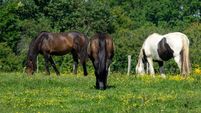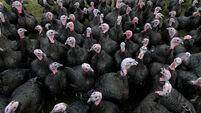Third of North’s herds have lameness problems
This is higher than indicated in Republic of Ireland research reports, but we still have a serious lameness problem in this part of the country.
There are four main lameness diseases of dairy cows, namely sole ulcers, digital dermatitis (Mortellaro), laminitis and foul of the foot.













